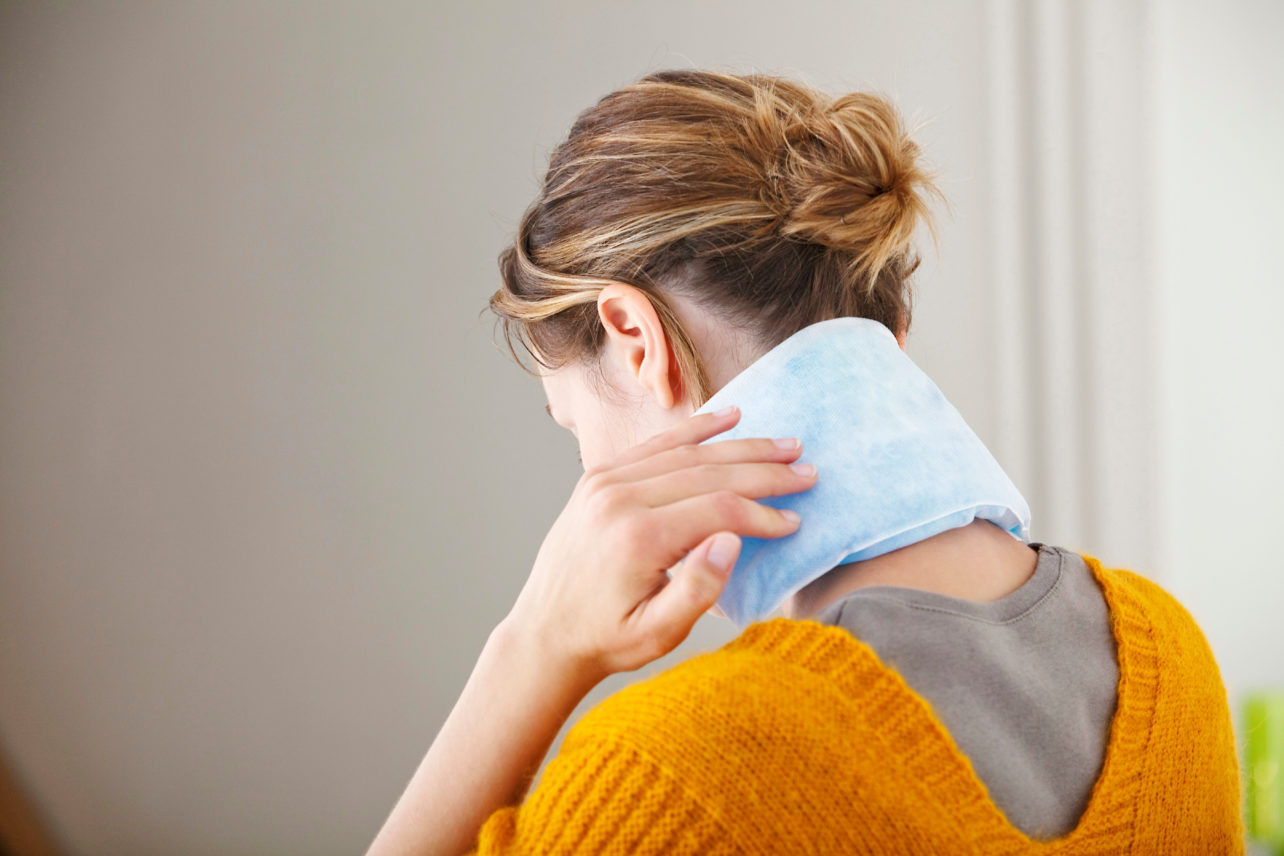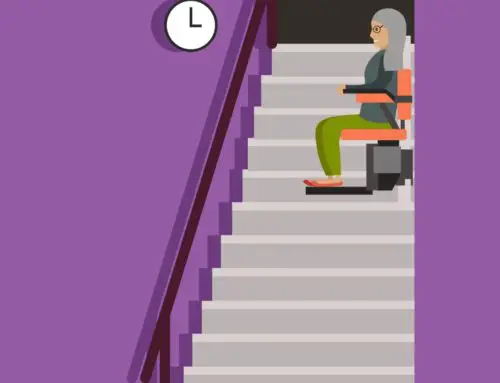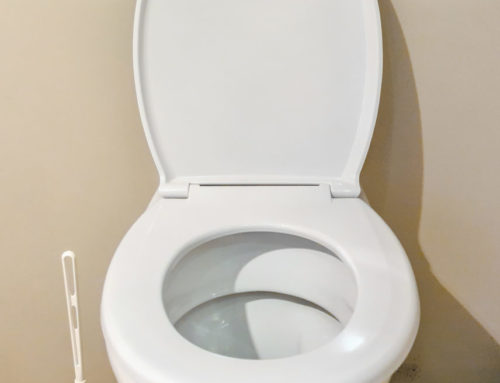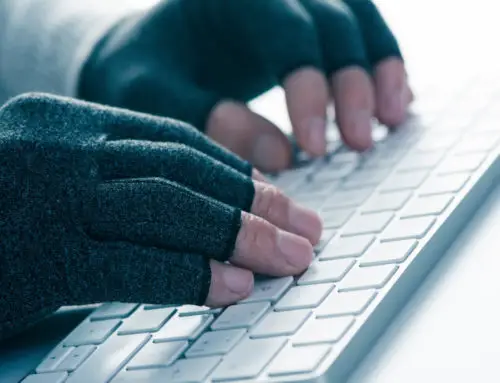We all deal with pain. And finding the best pain relief is super important. Nowadays, most pain treatment is medication. But the type of pain you are in can actually determine the best treatment. Lots of people have turned to heat therapy for pain relief.
What does a heating pad do?
Heat therapy is a common treatment for pain, and a heating pad is the easiest way to get heat therapy pain relief at home. Heat therapy boosts circulation, which allows the body to heal and repair itself quicker. While a hot bath, shower, or hot tub can also act as heat therapy, heating pads are ideal because they are portable as well as adjustable. Heating pads allow you to get targeted heat therapy anywhere. You can adjust the temperature to as hot as you need and can get back in bed with it.
Heat therapy isn’t recommended for all types of pain. If you are trying to treat a recent injury, cold therapy will be more effective at reducing swelling and dulling pain. Heat therapy is recommended for chronic or recurring pain, such as arthritis or other joint issues, old injuries, muscle cramps, period cramps, stiffness, or other chronic pain.
You can check out this website here for more heating pad benefits.
How do you use a heating pad?
There are different types of at-home heat therapy that can be used in different situations for different types of pain. For any heat-therapy device, you want to introduce it slowly to avoid burning yourself. For therapies that involve adjustable temperature, start on a cooler setting and work up to the heat. You don’t want to damage your body, so be cautious. Depending on the pain you are in, there are different heat therapies you can try. Some are more expensive, and some are completely DIY. Some different options are:
Hot water bottle
A hot water bottle is an easy DIY heating pad and typically stays warm for about 20 minutes. They can be heavy, which can be a good or bad thing depending on whether or not you want pressure as well as heat. They are good for heating medium, targeted areas of pain.
Salt or rice sock
Filling an old sock with salt or rice makes a small, reusable heating pad. A salt sock or a rice sock is typically used for earaches but can be applied to any small area of pain. They can be microwaved to heat up and stay warm for 10-15 minutes.
Electric heating pad
Electric heating pads are the most convenient since they don’t have to be warmed up in a microwave or hot water. Once plugged in, they heat up quickly, and you have the most control over the temperature. You need to be careful with electric heating pads as they can get too hot. It’s a good idea to set it at its lowest setting and slowly work your way up to make sure you don’t burn yourself. You shouldn’t put a heating pad directly on your skin. Make sure you have something covering it first. You can go here for more techniques.
Electric heating pads will maintain a constant temperature as long as it’s plugged in, so you can use them for as long or as short as needed to treat the pain. They come in different sizes, so you can treat a range of areas.
Heated gel packs
Gel packs are another form of heat therapy. Often, gel packs can be either frozen or heated up in either warm water or a microwave and can act as cold therapy and heat therapy. They also come in several sizes to treat a range of areas. They usually stay warm for about half an hour, and some can provide moist heat.
Heated neck pillows
Some neck pillows are able to be warmed up in a microwave and worn to provide pain relief to the neck.
Heat wraps
Heat wraps are flatter and wrap around a part of the body, and can be worn under clothes. They can provide low heat for hours and also allow you to be moving around while receiving heat treatment.
Hot bath, shower, hot tub, steam room, sauna, etc.
These types of heat therapy are good for full-body moist heat treatment and can improve circulation for the whole body. This type of heat therapy is ideal for muscle spasms and stiffness, as the whole body can relax.
Can you wear a heating pad?
There are several options for wearable heat therapy, like heat wraps or heated neck pillows.
More on how to apply heat therapy here.
Dry heat versus moist heat
There are two types of heat therapy, dry heat, and moist heat. Dry therapy tends to be easier to apply and is more convenient, but can sometimes draw moisture out and cause dry skin. Moist therapy can penetrate deeper into the muscles and provide better pain relief, but is not as convenient as dry heat.
Dry heat therapies include electric heating pads and most at-home heat therapies, like a hot water bottle, salt sock, or heat wrap. Heated gel packs can be either dry or moist, depending on the kind you get. Other moist heat therapies include a hot bath or shower, steam rooms, hot tubs, etc.
Deciding to use moist or dry heat therapy is just going to depend on how easy you want the therapy to be versus how deep you want the treatment to go. Moist heat therapy is more time-consuming, but more effective. Dry therapy won’t penetrate as deep into the muscles, but it is more accessible. Dry heat therapy is good to use during breaks in your day or even while you are working, and moist heat therapy is better when you can set aside a chunk of time to fully relax and focus on healing.
Both have pros and cons, and utilizing both can give you a good therapy experience for most of the day.
Heat therapy versus cold therapy
When should you use a heating pad or other heat therapy, and when do you use cold therapy like an ice pack?
A good rule of thumb to use is that if it’s a recent injury, you’re most likely going to want to ice it. If there is swelling, redness, or heat coming from the area, you will want to ice it and not put heat on it. You can manage soreness, cramps, and chronic pain with heat therapy. When you get injured, you will often apply cold therapy for a day or two, and if muscles or joints are still sore/stiff, you switch to heat therapy.
There are different kinds of cold therapy that are similar to heat therapy. The most common is an ice pack, a gel or liquid in a plastic container that you freeze. They can be solid blocks or bags that can be more flexible. A bag of ice is also a good at-home version. For full-body cold therapy, an ice bath or cold shower can help muscle pain.
Heat therapy for seniors
If anyone is well-acquainted with pain, it is the elderly. Whether it is arthritis or other joint pain, back pain, or general muscle soreness, senior citizens can deal with a lot.
Heat therapy for arthritis
Heating pads can be good for larger joints like hips and shoulders, as well as back pain. However, it is easy to burn yourself, so be careful and don’t use it for too long.
Another therapy for arthritis is capsaicin in a cream or gel that you can rub on. Capsaicin is what gives cayenne pepper its heat. The chemical activates nerve endings and produces the sensation of heat, which reduces pain signals. These creams or gels are easy to get and easy to apply, but they can irritate sensitive skin.
Air-activated heat packs don’t require any heating up process, the chemicals react to air and produce heat, giving you easy heat treatment, but it can only be used once.
Heat wraps are another good option, but the heat will be inconsistent as it cools down.
A paraffin bath is another way to heat up hands or feet by melting paraffin wax and dipping hands or feet into it. You can wrap it up and when the wax cools, just peel it off. It does take a while to melt the wax, and it can get very hot, so use caution and common sense before using it.
Another thing to remember is that heat therapy is for more constant pains. If you are experiencing a flare-up, and injury, or swelling, treat it with cold therapy.
You can go to this website for more information about heat therapy for arthritis.
What heating pad should I get?
Electric
An electric heating pad requires a plug or a battery pack to work. Once turned on, it uses internal coils to produce heat. They are easily adjustable for the user, and some have a shut-off timer, so you don’t accidentally burn yourself from using them for too long.
The GENIANI heating pad is about $30 on amazon. Other brands range from $15-$50, depending on size.
Infrared
Infrared heating pads also need a plug or batteries to work. Instead of coils, they emit infrared light, which produces heat. Infrared can be more effective at pain relief than electric coils. These heating pads also usually come with heat settings and an automatic shut-off.
The thermotex platinum is an advanced infrared heating pad. It is about $250. Depending on the size and quality of the heating pads, other brands can range from $50-$300.
Chemical
Chemical heating pads are almost always single-use because they rely on a chemical reaction to produce heat. Some are activated by air, so once you open the package, it heats up; some require squeezing or shaking to set it off. Because it’s a one-use chemical reaction, you can’t control the heat settings or how long it’s on. However, they can be very convenient since they don’t require batteries or plugs. They are very portable and quick. Some can stick to your skin, so you don’t even have to hold it on.
ThermaCare is a common brand of chemical heating pads. They can be between $5 and $30, depending on the size and quantity of the box. Other brands have similar prices.
Gel packs and liquid packs
Gel or liquid packs are usually reusable. They are filled with a heat-retaining gel or liquid, and you can microwave and use them immediately. You can sort of control the temperature by how long you microwave it for, but it will constantly be cooling down.
The CLIK CLAK reusable gel pads can be either hot or cold and are about $35. Different brands are between $5-$250, depending on size and quality.
Conclusion
There are several different ways to deal with pain. If you deal with cramps, soreness, or joint pain, especially as a senior citizen, you should look into heat therapy.
Dealing with pain is not easy, but you can go to these websites for help with in-home care and arthritis.




